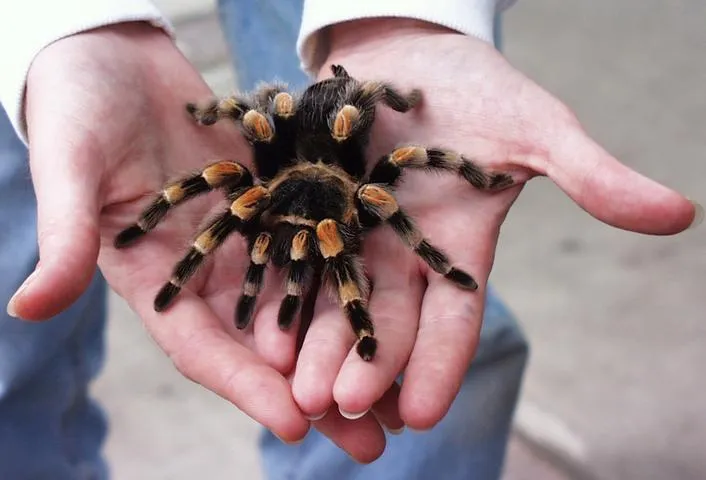Understanding Mexican Red Knee Tarantula Humidity
Maintaining the correct humidity levels is crucial for the health and well-being of your Mexican Red Knee Tarantula (Brachypelma hamorii). Native to the arid and semi-arid regions of Mexico, these tarantulas have specific environmental needs that must be met to ensure their survival and thrive in captivity. Humidity, a measure of the amount of water vapor in the air, plays a vital role in several aspects of their life, from molting to overall health. This comprehensive guide will delve into the specifics of humidity requirements for your Mexican Red Knee Tarantula, offering practical advice on how to create and maintain the ideal environment for your eight-legged friend.
Why Humidity Matters
Humidity directly impacts several critical aspects of a Mexican Red Knee Tarantula’s life cycle and overall health. Failing to provide the correct humidity levels can lead to serious health issues, affecting their ability to molt successfully and compromising their general well-being. Understanding the importance of humidity is the first step towards providing optimal care for your pet tarantula, ensuring it lives a long, healthy, and vibrant life in your care. The right humidity level is not merely a comfort factor; it is a fundamental necessity for their physiological processes.
Impact on Molting
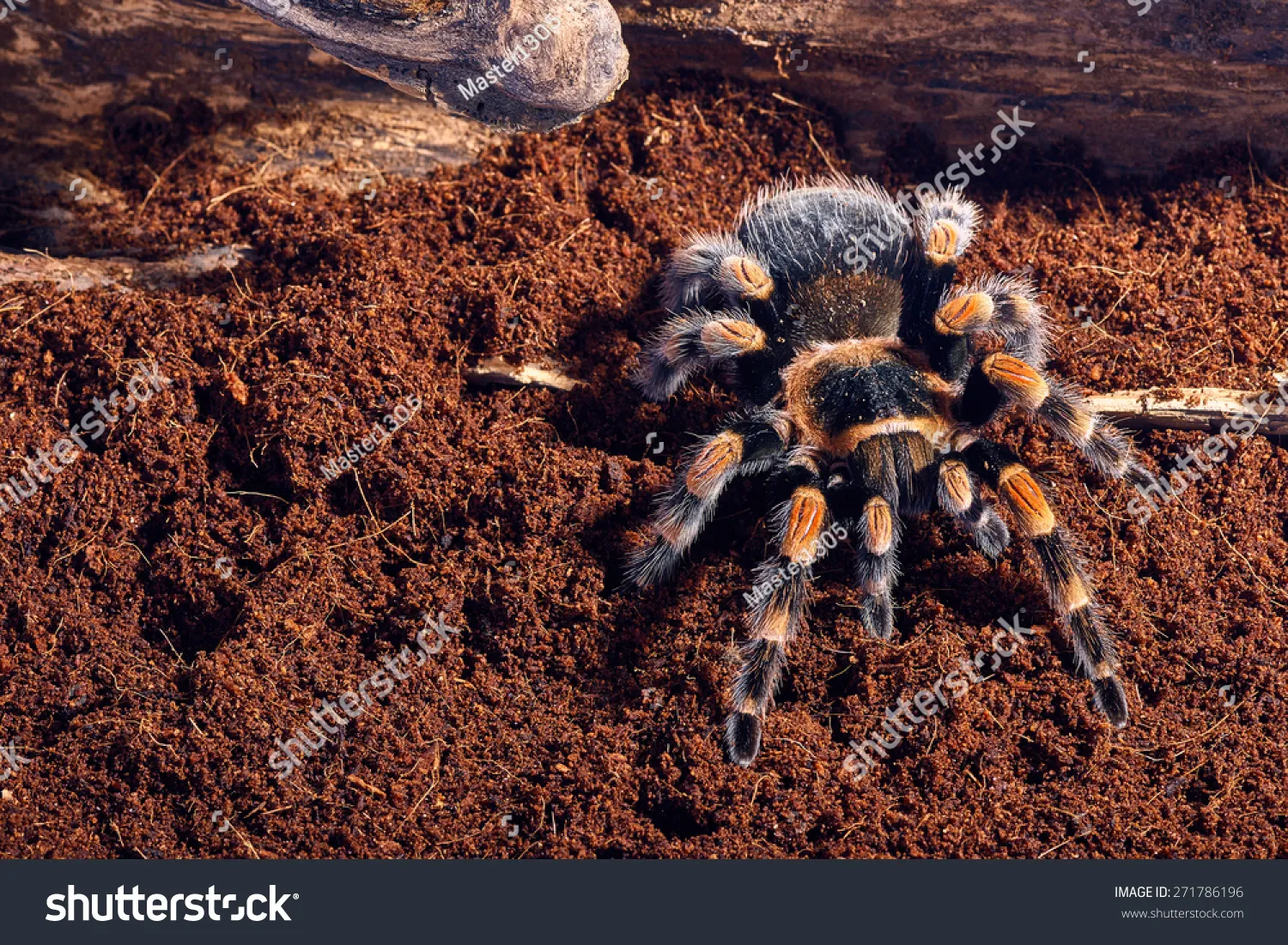
Molting is a vital process for tarantulas, allowing them to shed their exoskeleton and grow. Proper humidity is essential for a successful molt. Insufficient humidity can lead to the old exoskeleton drying out, making it difficult for the tarantula to shed it properly. This can result in retained legs, which can hinder movement and even cause the tarantula to lose a limb. A successful molt requires a moist environment to ensure the new exoskeleton forms correctly. A properly humidified enclosure provides the tarantula with the necessary conditions to shed their old skin without any problems.
Impact on Overall Health
Beyond molting, humidity influences various aspects of a tarantula’s overall health. Proper humidity helps in maintaining proper hydration, which is crucial for their bodily functions. Dehydration can lead to lethargy, loss of appetite, and other health complications. Moreover, the right humidity level assists in preventing respiratory issues. In overly dry environments, their respiratory systems can be compromised. A well-maintained humidity level also contributes to a stronger immune system. This helps the tarantula ward off diseases and parasites, ensuring they stay healthy and active.
Ideal Humidity Levels
Determining the appropriate humidity range for your Mexican Red Knee Tarantula is critical. This section provides the specific humidity levels you should aim for, along with factors that may influence the ideal range within the enclosure. Providing the correct humidity environment is one of the most important aspects of tarantula care. This will ensure your pet thrives and avoids the common health issues associated with improper humidity levels. This knowledge will help you set up the enclosure properly and allow you to monitor and adjust the environment as needed.
Recommended Range
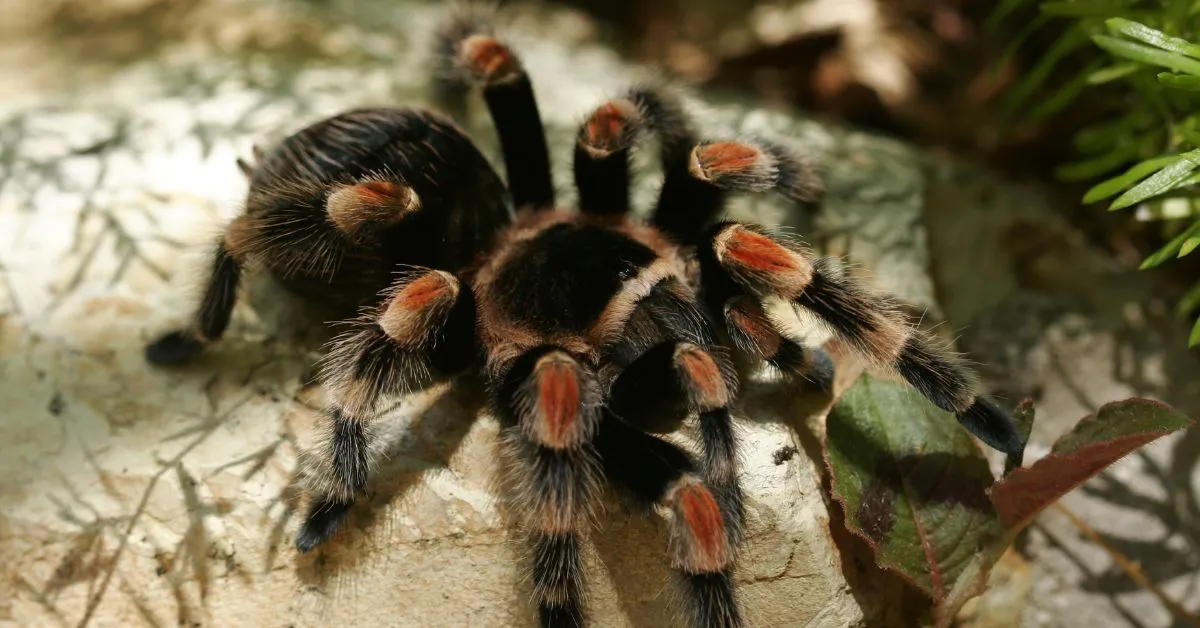
For Mexican Red Knee Tarantulas, a humidity level between 60% and 70% is generally recommended. This range provides an ideal balance, supporting their molting process and maintaining their overall well-being. It is essential to use a hygrometer to accurately monitor the humidity levels within the enclosure. Remember that these are general guidelines. The ideal humidity may vary slightly depending on the individual tarantula and its specific enclosure setup. Regularly check the readings, making any necessary adjustments to maintain the recommended humidity range.
Factors Affecting Humidity
Several factors can influence the humidity level in your tarantula’s enclosure. These include the type of substrate used, the size of the enclosure, ventilation, and the ambient humidity of the room where the enclosure is located. Substrate plays a crucial role in moisture retention. The larger the enclosure, the more challenging it may be to maintain consistent humidity. Ventilation is equally important. Factors such as the climate where you live can also significantly influence humidity levels. Careful consideration of all these elements is necessary to maintain the ideal humidity range.
Substrate Selection and Humidity
The choice of substrate significantly affects humidity levels in your tarantula’s enclosure. Selecting the correct substrate type and managing its depth are crucial elements in maintaining the desired moisture levels. The right substrate not only helps in retaining moisture but also creates a suitable burrowing environment for the tarantula. It also adds to the overall aesthetic appeal of the enclosure. When choosing a substrate, consider its moisture-retention properties, safety, and ability to facilitate the tarantula’s natural behaviors.
Substrate Types and Moisture Retention
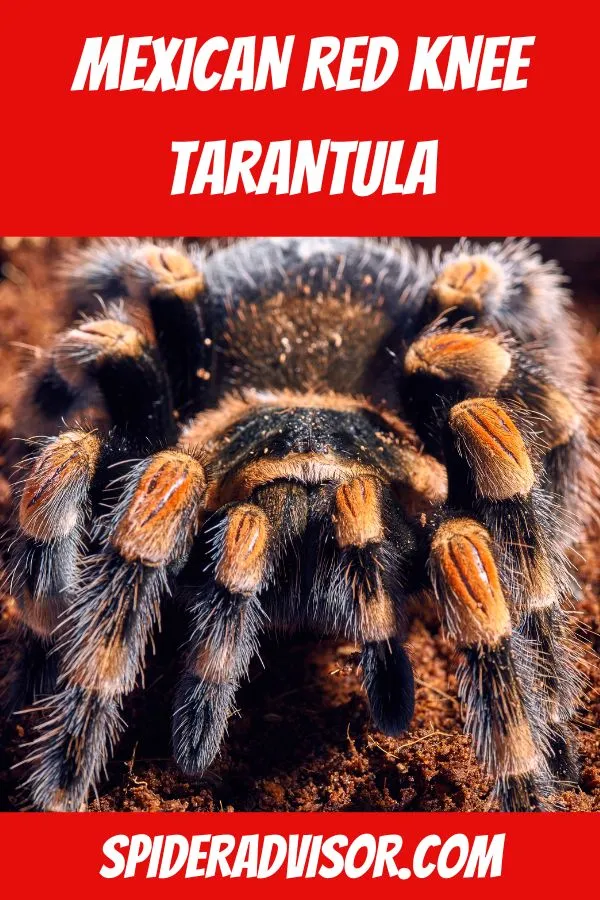
Several substrates are suitable for Mexican Red Knee Tarantulas. Excellent options include coconut fiber (coir), peat moss, and a mixture of both. Coconut fiber is highly effective at retaining moisture and providing a natural burrowing environment. Peat moss offers similar benefits. Avoid substrates such as sand or gravel, as they do not retain moisture well and can be difficult for tarantulas to burrow in. The choice of substrate also depends on personal preference and the specific needs of the tarantula. Research the different properties of each option before making a final decision.
Substrate Depth and Humidity
The depth of the substrate is another key factor influencing humidity. A depth of at least 4-6 inches is generally recommended for adult Mexican Red Knee Tarantulas. This allows them to burrow, which is a natural behavior, and provides a stable microclimate within the enclosure. A deeper substrate also holds more moisture, contributing to consistent humidity levels. It is crucial to maintain a moist substrate without making it waterlogged. This can be achieved through proper misting and the use of a water dish.
Monitoring Humidity
Regular monitoring is essential to ensure that humidity levels stay within the ideal range. This involves using a hygrometer to track the moisture levels and understanding how to interpret its readings. Being vigilant about monitoring helps you identify and address any fluctuations in humidity promptly. This can prevent health issues. This proactive approach to monitoring is a fundamental aspect of tarantula care.
Using a Hygrometer
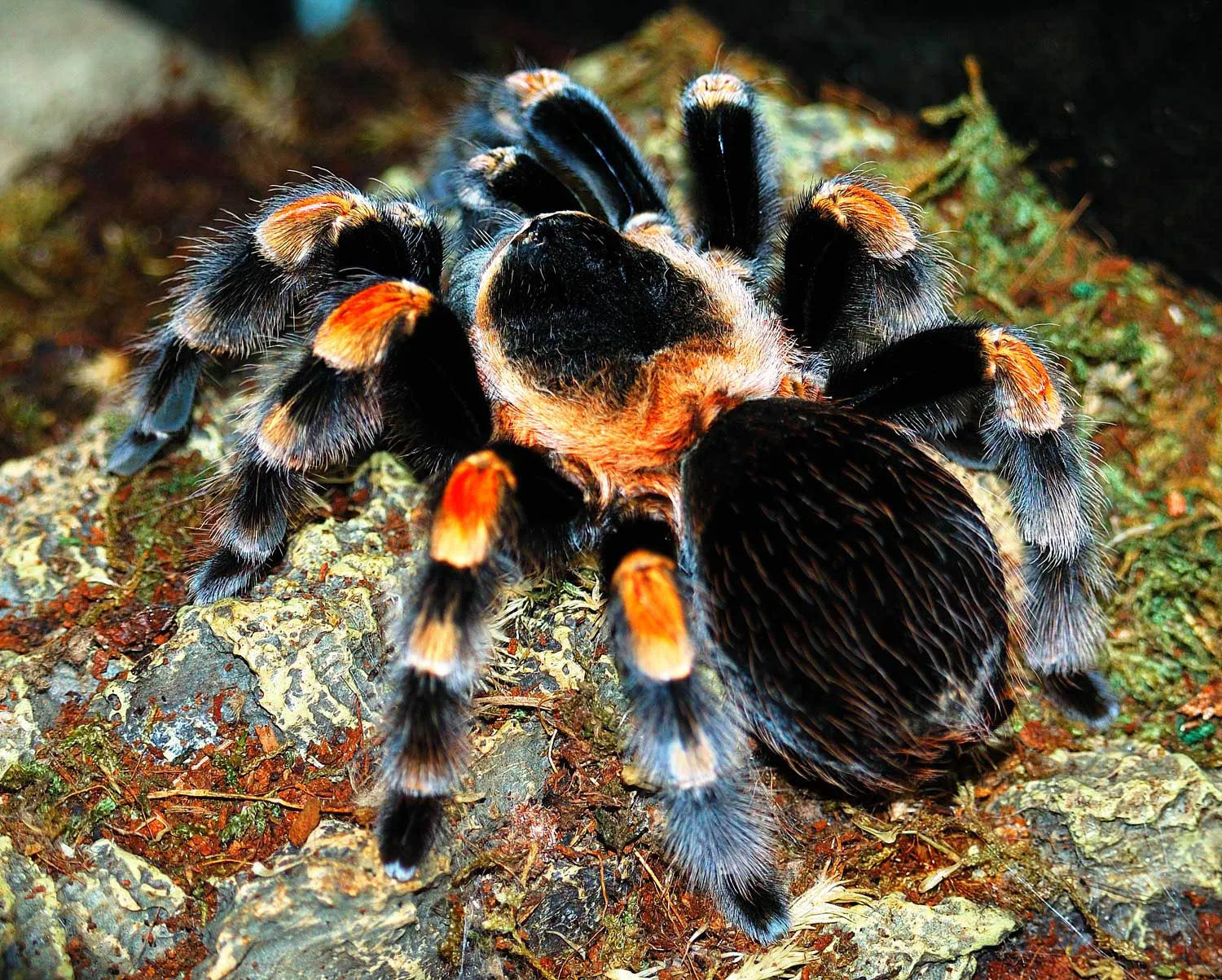
A hygrometer is a device used to measure humidity levels. There are two main types digital and analog. Digital hygrometers are generally more accurate and easier to read, whereas analog hygrometers offer a more traditional look. Whichever you choose, ensure it is placed inside the enclosure to get an accurate reading of the humidity levels. Calibration is also important for accuracy, so ensure you calibrate the hygrometer as needed, following the manufacturer’s instructions. It is a tool that all tarantula keepers should have and use.
Placement of Hygrometer
The placement of the hygrometer is important for obtaining accurate readings. It should be placed at a level representative of the tarantula’s environment, typically near the substrate level or mid-way in the enclosure. Avoid placing the hygrometer directly in front of the ventilation holes or near the water dish, as this might lead to inaccurate readings. Ensure that the hygrometer is easily visible, allowing for regular monitoring. The best way is to place the hygrometer away from direct misting or water sources to avoid any erroneous readings.
Interpreting Hygrometer Readings
Once you have the hygrometer in place, you’ll need to understand how to interpret its readings. Aim for a consistent humidity level between 60% and 70%. Monitor the readings daily, noting any fluctuations. If the humidity falls outside this range, adjust your methods accordingly. Knowing how to interpret the readings helps you ensure that your Mexican Red Knee Tarantula lives in a healthy environment. It’s essential to regularly check the readings to make sure everything is under control.
Methods for Adjusting Humidity
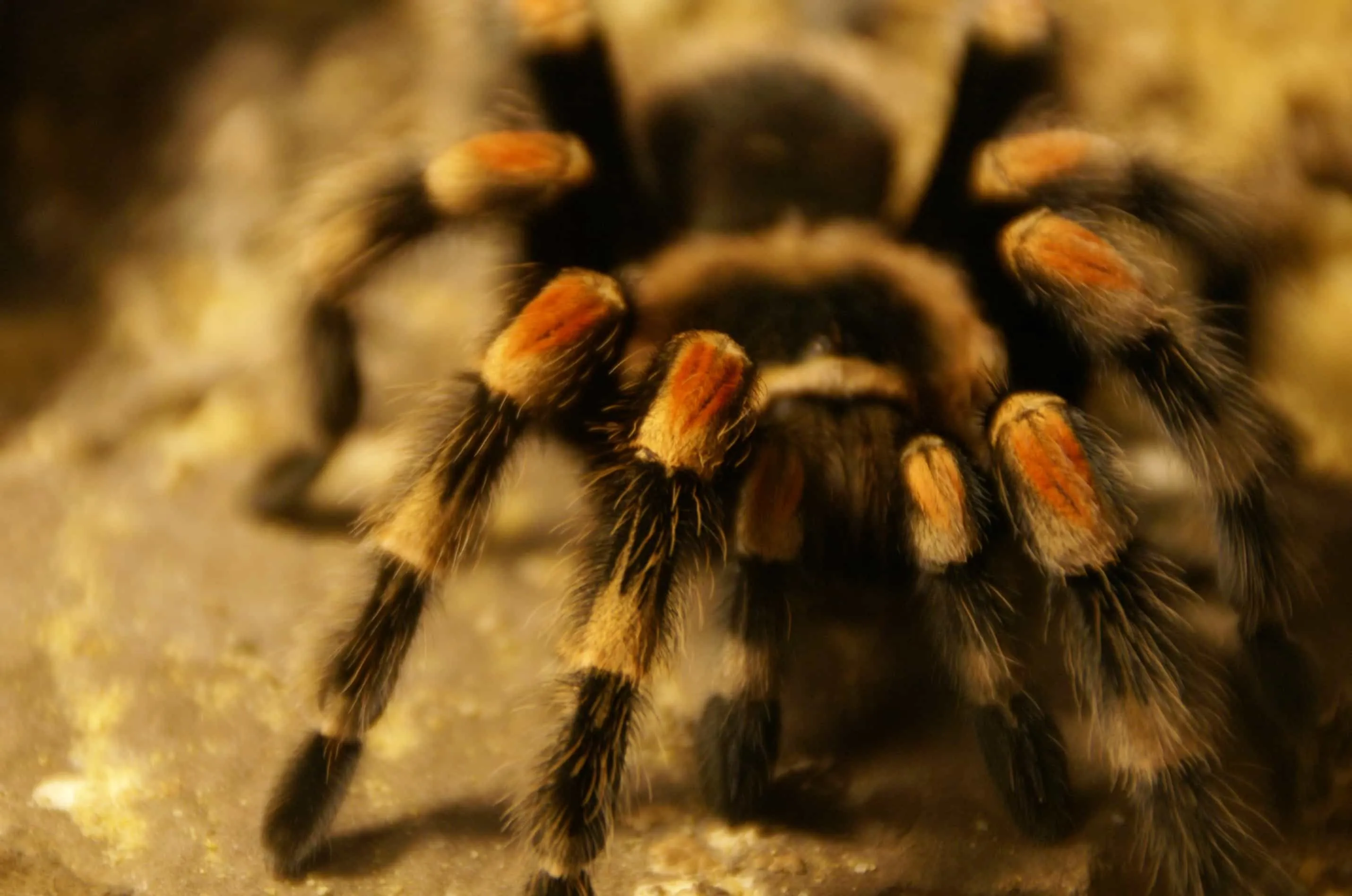
Maintaining the correct humidity requires proactive measures. The key techniques include misting, proper placement of the water dish, and considering the enclosure’s ventilation. These methods allow you to fine-tune the humidity levels and keep them within the ideal range. The use of these methods depends on various factors, including the size of the enclosure, the ambient humidity, and the specific needs of your tarantula. Careful monitoring and the right methods will help you to establish and maintain the perfect environment.
Misting Techniques
Misting is a common method to increase humidity. Using a spray bottle, mist the enclosure once or twice a week, or as needed, to maintain the desired humidity levels. Avoid over-misting, as this can lead to a damp environment and potential health issues. Misting the substrate directly is often the most effective way to increase humidity. The frequency of misting depends on several factors, including the ventilation of the enclosure and the ambient humidity. During the molting cycle, you might consider increasing the misting frequency slightly.
Water Dish Placement
A water dish is essential for providing your Mexican Red Knee Tarantula with a constant source of water. Placing the water dish in the enclosure can also contribute to increasing humidity. Position the water dish in a stable location to prevent spills. Refill it regularly to keep the water fresh. The surface area of the water dish can affect the humidity level. A wider dish can provide more surface area for evaporation, which can raise humidity. Make sure that the dish is shallow enough to prevent accidental drowning.
Ventilation Considerations
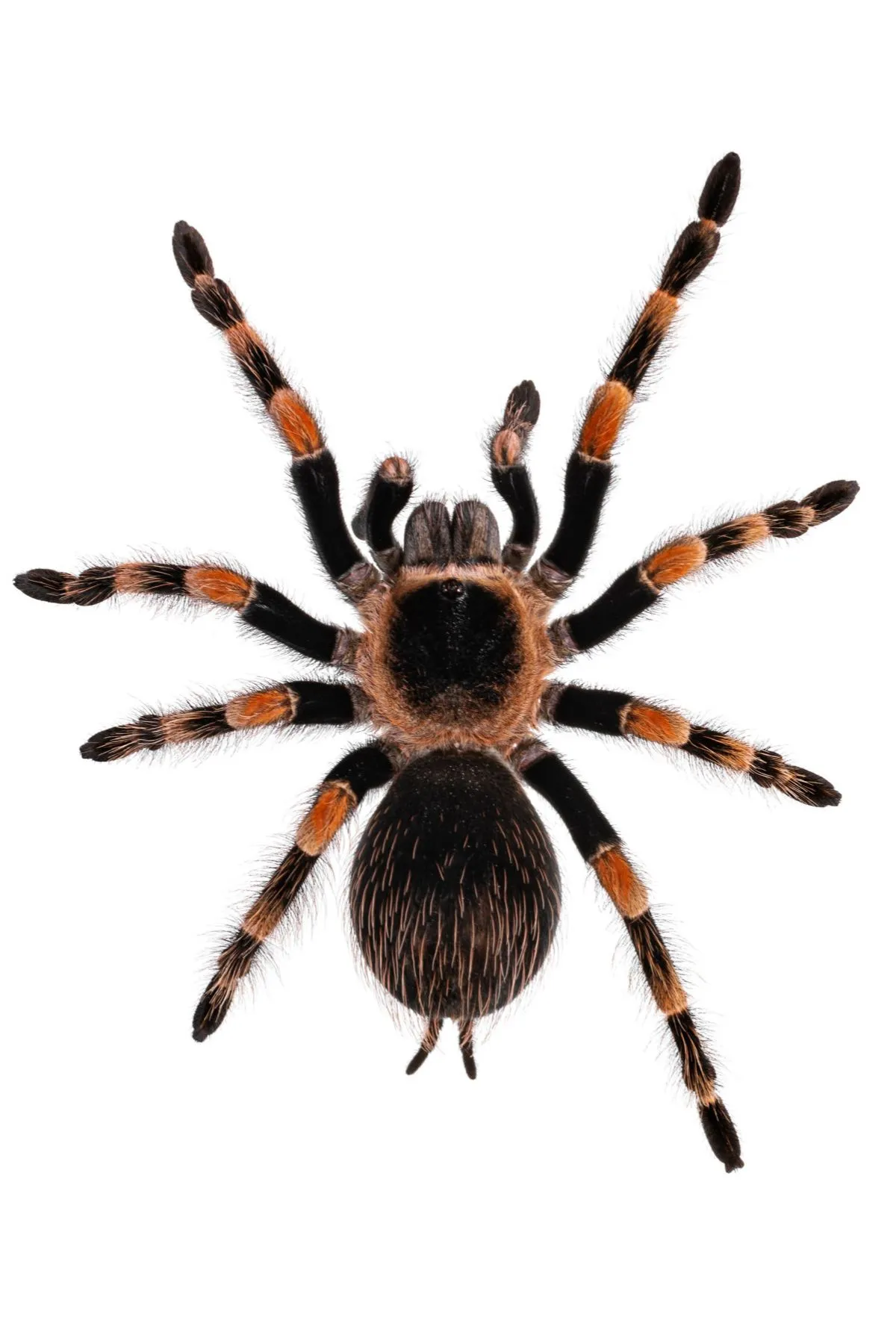
Ventilation plays a vital role in controlling humidity. The enclosure should have adequate ventilation to prevent mold growth and maintain a healthy environment. Excessive ventilation can cause humidity to drop. Strike a balance by ensuring there are enough ventilation holes while maintaining the required moisture levels. Consider the size and placement of the ventilation holes, as these can impact humidity. A well-ventilated enclosure supports healthy humidity levels, reducing the risk of health problems for your tarantula.
Common Humidity Mistakes
Avoiding common mistakes can save you time and help your tarantula thrive. Recognizing these pitfalls ensures that you provide your pet with the best possible care. By learning from these frequent mistakes, you can establish a more stable and suitable habitat for your Mexican Red Knee Tarantula. It is crucial to be aware of these mistakes and the proper steps to avoid them.
Over-Misting
Over-misting is one of the most common mistakes made by tarantula keepers. It can lead to a damp, unhealthy environment, causing mold growth and other problems. Avoid over-misting by monitoring the humidity levels regularly and adjusting the misting frequency. A good rule of thumb is to mist only when the humidity drops below the recommended range. Too much moisture can be just as harmful as too little. Always assess the situation and mist accordingly.
Insufficient Ventilation
Insufficient ventilation is another common mistake that can cause humidity issues and health concerns. Poor ventilation can trap excess moisture, fostering mold and bacteria. Ensure the enclosure has adequate ventilation holes and air circulation. Monitor the enclosure for signs of condensation, which may indicate a ventilation problem. Providing adequate ventilation can help prevent health problems.
Signs of Improper Humidity
Recognizing the signs of improper humidity is crucial for addressing the problem promptly. Observing these tell-tale signs allows you to make necessary adjustments and provide the correct environment. Identifying and addressing these signs helps to prevent potential health complications. Pay close attention to your tarantula’s behavior and the conditions within the enclosure to ensure you provide the best care.
Some of the most common signs include the tarantula acting lethargic, having a loss of appetite, and a difficulty molting. Another sign to watch for is condensation building up in the enclosure. In addition, if the substrate appears to be constantly wet or dry, it is another indication. Being vigilant about monitoring your tarantula and its habitat will allow you to respond quickly to any issues, ensuring your pet’s health and comfort.
Troubleshooting and Solutions
Addressing humidity issues efficiently is essential. The solutions will vary, depending on the specific problem. The key is to identify the cause and take corrective steps to restore the desired humidity levels. Through careful assessment and appropriate action, you can create and sustain the correct conditions for your pet. Quick solutions can mitigate any harm and promote the continued health of your tarantula. This will protect the tarantula and provide it with a good quality of life.
If the humidity is too low, try misting the enclosure more frequently or adding a larger water dish. Ensure that the substrate is moist, but not waterlogged. If the humidity is too high, increase ventilation by adding more ventilation holes or reducing misting frequency. Improve air circulation to help reduce moisture levels. These solutions are easy to implement, allowing you to quickly correct the issue. By understanding the causes and implementing the corresponding solutions, you can quickly address any problem.
In conclusion, maintaining the correct humidity levels is critical for the health and well-being of your Mexican Red Knee Tarantula. By understanding the importance of humidity, the recommended range, and the factors that affect it, you can create a healthy environment. Regular monitoring, adjustments, and proactive care ensure your tarantula thrives in its enclosure. With this detailed guide, you are well-equipped to create the perfect environment for your pet tarantula, promoting a long, healthy, and vibrant life.
